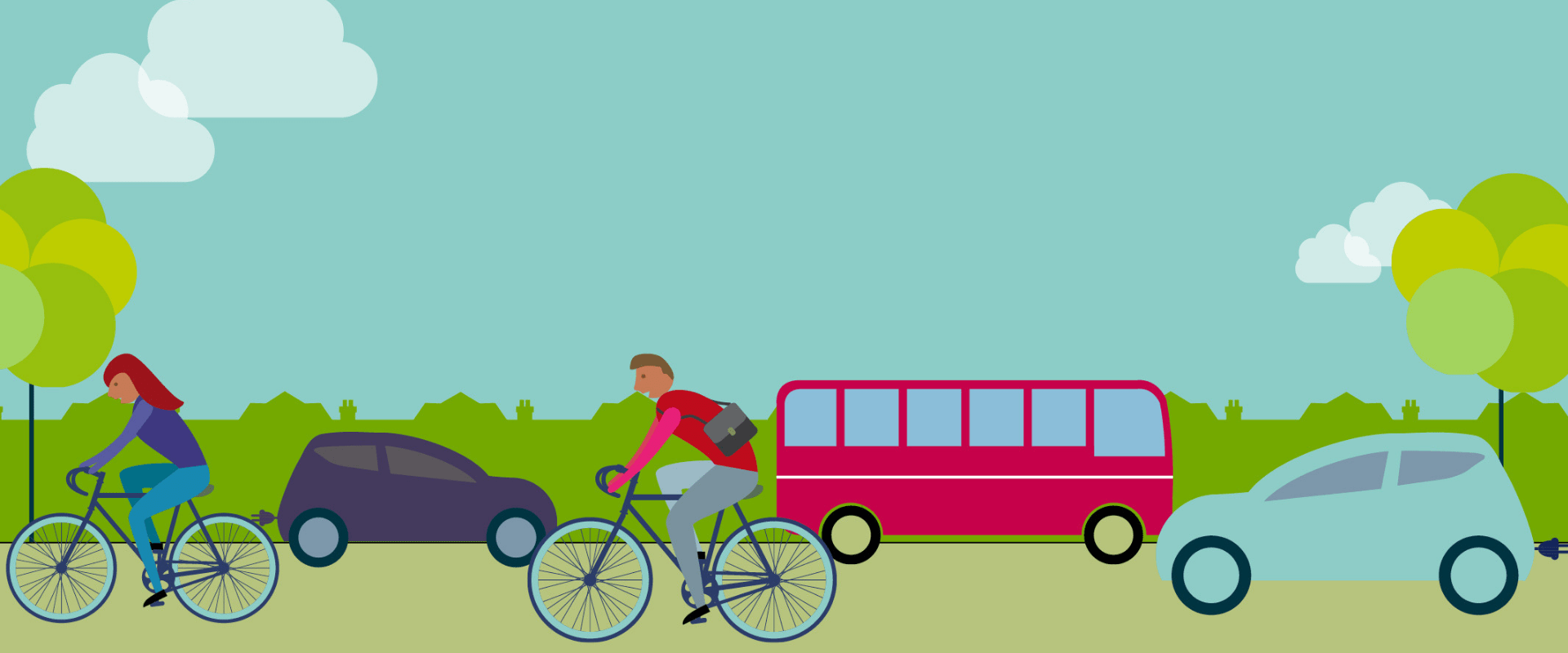Cleaner Transport
Transport has the dubious honour of becoming the single biggest source of emissions in Scotland, accounting for well over a quarter of emissions. It’s also the sector that has made the least progress in cutting emissions over the last three decades, with emissions static at 1990 levels.
Meanwhile our urban streets continue to choke with traffic congestion and the polluted air we breathe causes up to 3,000 premature deaths annually in Scotland. This isn’t just an environmental problem; it’s a public health crisis.
Scotland’s progress in helping people make alternative clean transport choices simply isn’t happening fast enough, whether that’s encouraging a shift to clean public transport, increasing cycling and walking, or promoting and enabling electric vehicle uptake.
Better for the planet, better for our health
The environmental and public health benefits of cycling, walking and public transport are well known, but for a long time the climate movement has been seen (usually wrongly) as anti-motorist. But with electric vehicles on the increase globally, with falling costs, much longer battery range, mass-market models, and a shift away from car ownership to car sharing, a whole variety of sustainable transport options are increasingly available.
Around the world, many countries are harnessing this potential and are already setting ambitious but feasible targets to phase out the sale of new fossil fuel vehicles – from our close neighbours like Norway who want all new cars and vans to be zero-carbon by 2025, to emerging economies like India who are aiming for 2030.
What Scotland needs to do now
In September 2017, First Minister, Nicola Sturgeon, committed to phase out the sale of new fossil free vehicles by 2032. This commitment has been warmly welcomed. Now Government need to set out how this will be achieved.
There would be so many benefits of Scotland being ambitious about getting fossil fuel cars off our streets fast – cleaner air, improved health and new economic opportunities. It could be done by setting a clear statutory target for phase out, together with a requirement for the government to produce and implement a strategy to deliver. Measures to support to support this could include:
- more Low Emissions Zones
- requiring public vehicle fleets to lead the way
- financial incentives like workplace parking levies
- non-financial incentives like preferential bus lane access for EVs, and
- changes to building regulations to require EV charging points in new build homes.

